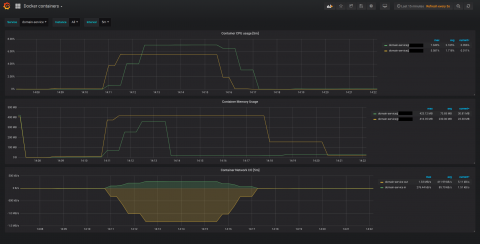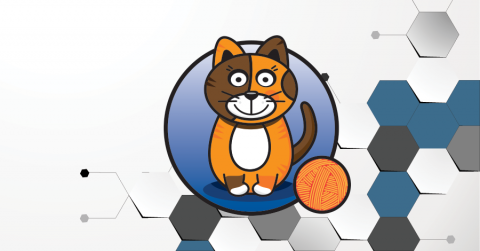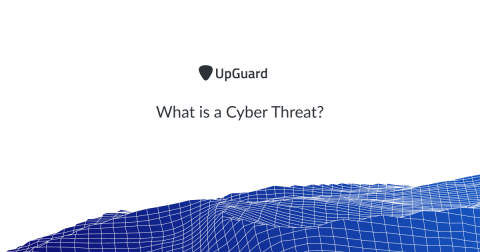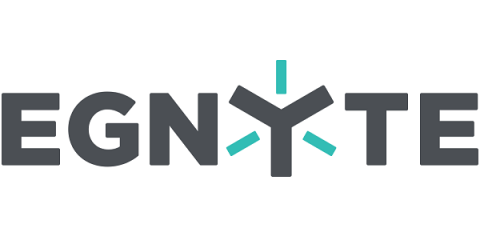How we tracked down (what seemed like) a memory leak in one of our Go microservices
The backend developer team at Detectify has been working with Go for some years now, and it’s the language chosen by us to power our microservices. We think Go is a fantastic language and it has proven to perform very well for our operations. It comes with a great tool-set, such as the tool we’ll touch on later on called pprof. However, even though Go performs very well, we noticed one of our microservices had a behavior very similar to that of a memory leak.









